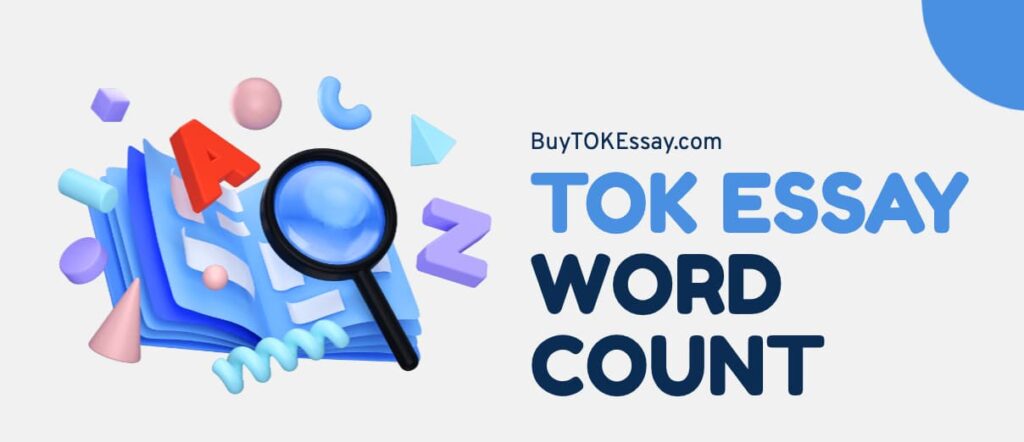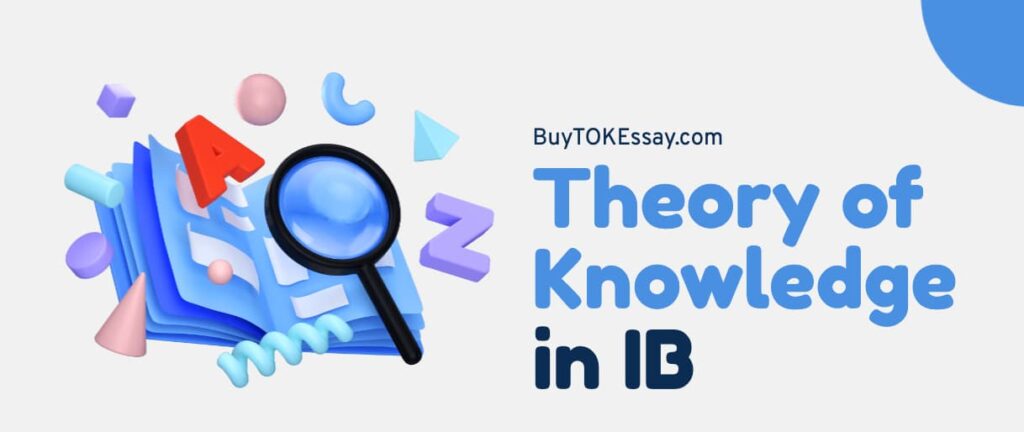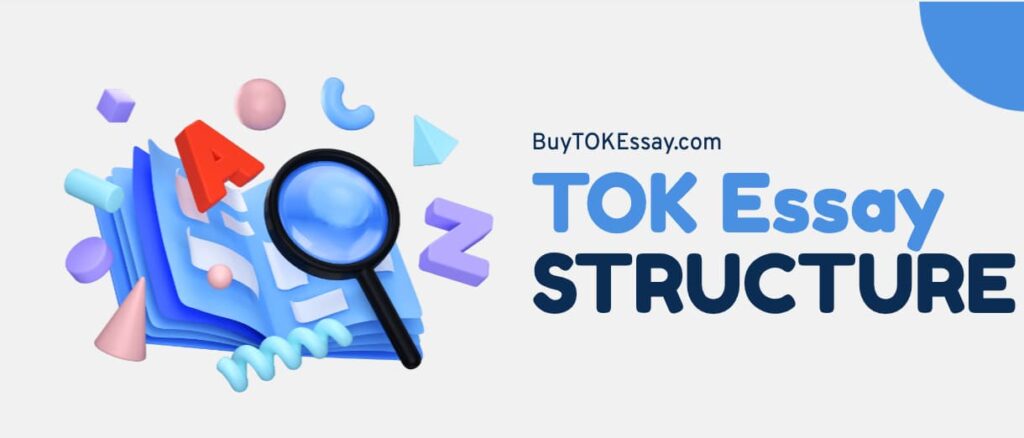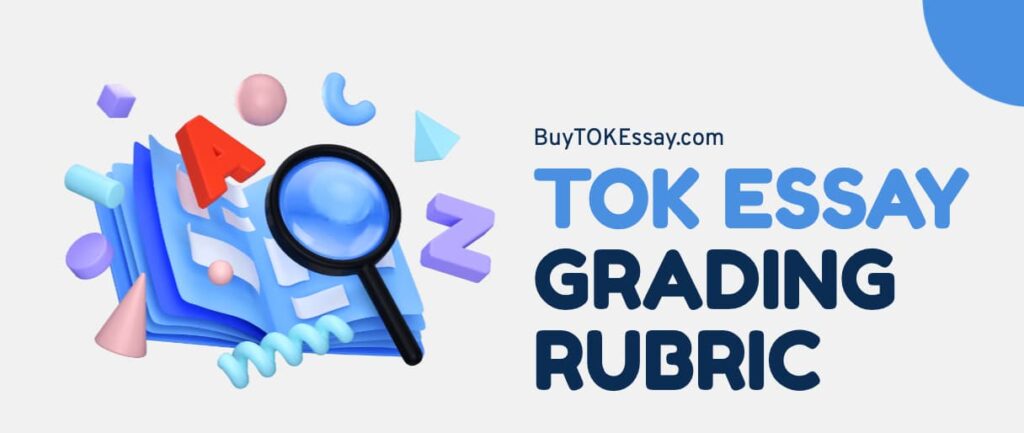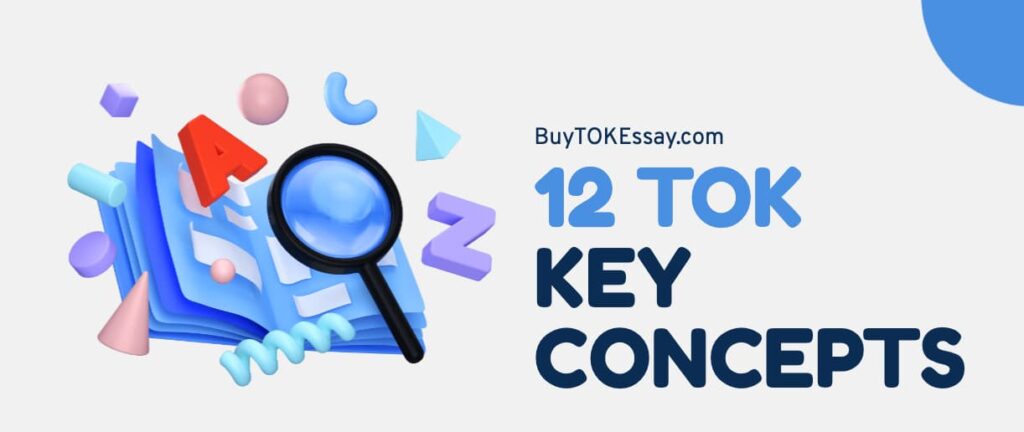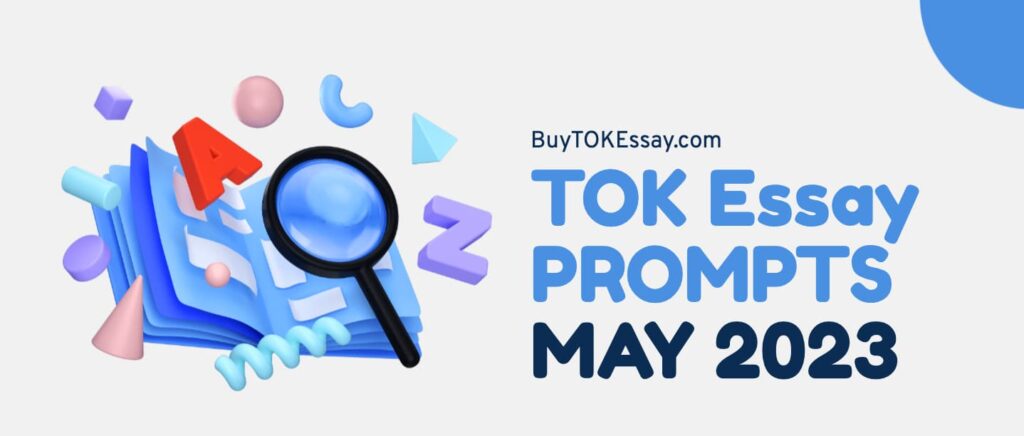For historians and artists, do conventions limit or expand their ability to produce knowledge? Discuss with reference to history and the arts.
If the title of this TOK essay makes you wonder, “Why do I need to think about artists and historians right now?” you’re not the only one. This kind of question usually stops students in their tracks. I’ve taught Theory of Knowledge to so many students that I’ve lost count. The good news is that this prompt is one of the easiest to work with once you stop trying to make it too hard. Rules, methods, and practices are some of the structures that shape knowledge. You have to think about how these structures help or hurt you.
If you follow these steps, I think this question will help you write a great essay that gets good grades. You should have strong examples from real life, a good understanding of the Areas of Knowledge and Ways of Knowing, and, most importantly, the ability to think clearly and creatively. Please allow me to show you how I would teach one of my students this.
How to Work on November 2025 TOK Prompt 1?
First, don’t argue that norms are always good or bad. It’s not helpful to think that way when writing a Theory of Knowledge essay. What the best TOK pieces do is look at the murky areas, the inconsistencies, and the “it depends” times. Your job is to figure out how conventions affect how researchers and artists make new knowledge and how those conventions help them.
Let’s look at this question in more detail.
What do “conventions” mean?
Conventions are the well-known ways, rules, or standards that tell people how to do something. They’re not rules that apply to everyone, but people in the same field often follow them as such. In history, traditions can include putting events in order of when they happened, giving primary sources more weight than secondary sources, and staying objective (at least in theory). In the arts, “conventions” can mean things like standard ways of putting things together, accepted methods, or even the tastes of the market and institutions, which can be anything from art galleries to streaming algorithms.
How do you “produce knowledge”?
This is where your TOK brain comes in. In this case, producing knowledge doesn’t just mean finding something new; it also means putting thoughts into words, shapes, or groups in a way other people accept as true knowledge. For historians, that might mean putting together a story about the past that makes sense and is based on facts. It could mean artists sharing a truth or feeling in a way that hits home with other people through their art.
Contrast and Overlap Between History and the Arts
Once you have those terms in order, look for ways that history and the arts are different and how they are the same. You want to ask things like:
- How do standards help build history compared to how they can stop artists from being creative?
- Does it matter if artists break the rules to make new meaning, or does following them give them a common visual language that strengthens their work?
- Do historians rely on rules to make their work credible, or do those rules sometimes keep other points of view out?

Also, think about whether or not specific standards are required to create any knowledge at all. For example, historians who don’t mention their sources aren’t taken seriously. But an artist who doesn’t follow the rules might be considered creative. That difference can help you write some robust parts for your essay.
You should also consider the idea that norms change over time. Things that were once very different, like Picasso’s cubism, became standard. In the same way, the way history is made changes over time to include new tools or opinions from different backgrounds (for example, oral history records). Realizing that norms change over time is a great way to improve your understanding.
What Are the Best AOKs and WOKs for This Title?
Clearly, this title calls for history and the arts, so it’s your job to connect them meaningfully. You should show that you know how knowledge is built in both AOKs and how standards work in each one in a different (or similar) way.
First, let’s talk about history.
Conventions like timing, citations, and proof that other experts have reviewed are essential here. They make people feel like they can trust them. But they can also limit what is included. Telling stories? Accounts for yourself? True stories from underrepresented groups? Those are often left out of “standard” history methods. In this case, traditions can both give a point of view credibility and keep other points of view out.
Now for the arts.
Now things start to get interesting. Some of the most well-known art styles, like Impressionism, Dadaism, and Abstract Expressionism, started by breaking the rules. But here’s the catch: even rebelling becomes the norm after a while. So, artistic standards can make it harder to be original, but they also give people a way to talk about what they mean. Think about how the music in a movie sets the mood. Or how the way traditional music is put together still affects current music.
In terms of WOKs, you might want to use:
- Imagination. Essential in the arts, where new ideas or emotional connections are often used to create knowledge.
- Emotion. Important in both AOKs, especially when trying to figure out what something historical or artistic means.
- Language. Important for both. Historians use language to tell stories, while artists use it to create meanings or symbols.
Another thing you could do is use reason. This is especially important when studying history, where logical approaches are often favored for proving cause and effect. Just make sure you don’t include too many WOKs. Pick two or three and make sure they make sense with the examples you gave.

Need Help with Your IB TOK Essay?
Maximize your potential and boost the excellence of your TOK Essay with the help of our experts at BuyTOKEssay.com! Whether you’re starting from scratch or fine-tuning your existing journal assignment to meet your supervisor’s demands, our team is here to make your dream of a perfect paper a reality. Say goodbye to writer’s block and hello to success with just one click.
What Are the Real-Life Situations for This Prompt?
The things that keep your TOK essay together are real-life situations. Without them, your essay is just a bunch of guesses based on theory. And TOK doesn’t reward guessing; it awards making links.
For history, consider:
- The 1619 Project in the U.S. rewrote American history around the effects of slavery. This method went against what had always been done, and it caused a big discussion about how objective history should be.
- How Indigenous past is treated around the world. In Australia, Canada, and the U.S., standard historical accounts have left out many Indigenous views, which calls into question the idea that these standards are always open to everyone.
For the arts:
- Banksy’s graffiti. Even though street art breaks the rules of art (like where it can be seen, what it can say, and who can do it), it sends strong messages and questions cultural norms.
- Beethoven’s Ninth Symphony. By adding choir parts to symphony music, Beethoven broke traditional norms and created something that would last forever.
- Digital art from today. Think of art made by AI. Usually, these things aren’t considered art, but these are.
And here’s a hybrid one:
- Memorials to the Holocaust are works of art and records of history. All memorials follow certain rules, but some, like Berlin’s Memorial to the Murdered Jews of Europe, break rules about how things should look and how stories should be told. That’s the point.
Pick real-life events that interest you or have something to do with your life. Your TOK essay will be better if you care about what you’re writing.
Final Thoughts
For a moment, I’m not going to be a teacher and tell you that repeating what you think the IB wants to hear is not how to write a great TOK essay. You must develop your ideas, test them, and then carefully show them.
The trick with a title like this one is to treat conventions not as the villain or the hero but as tools. People can abuse tools or find new ways to use them. Artists and researchers don’t just work in a vacuum; they make sense of things. There are times when those ways work for them. Sometimes, they fight against them. That’s where your essay lives.
In my experience, students who value form and are interested in what happens when that form changes or breaks do best in this subject.
From One IB Expert to Another TOK Survivor…
I work as a teacher at BuyTOKEssay.com, where we help students improve their TOK skills. If you need help with this prompt, we can generate ideas, plan a project, or edit your draft to make it TOK-worthy.
That’s how IB can feel—like you’re putting together a house out of bricks you can’t see. Check out our services if you lack time to write your TOK essay. We’ll help you whether you’re starting from scratch or are in the middle of a draft.
